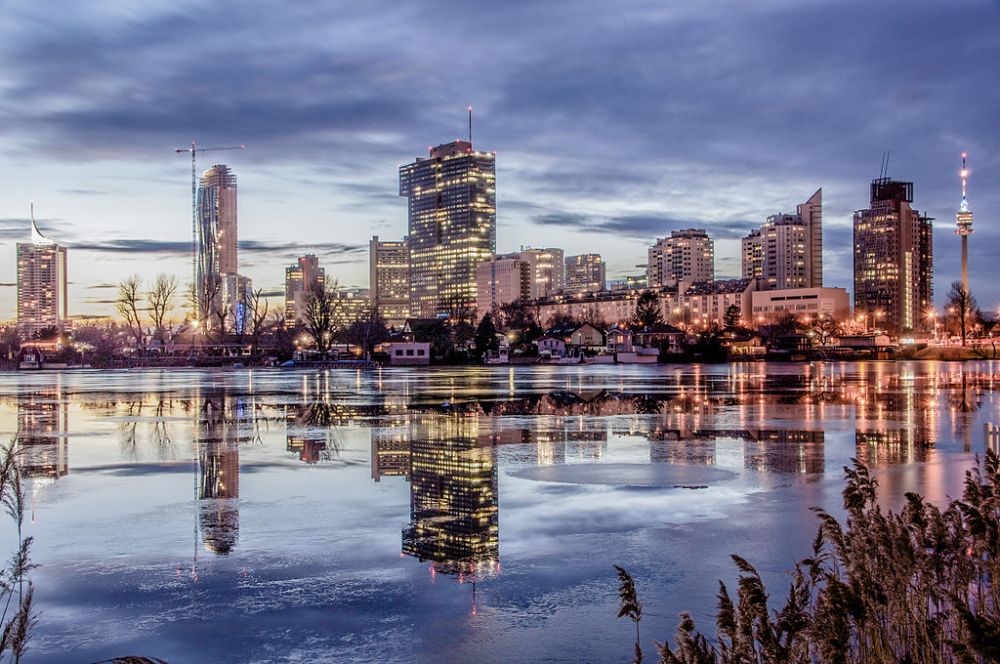Strongest climate action of the year to be decided at Montreal Protocol Meetings
Diplomats and leading government ministers are currently gathered in Vienna for negotiations under the Montreal Protocol to decide key climate actions

Diplomats and leading government ministers are currently gathered in Vienna for negotiations under the Montreal Protocol to decide key climate actions.
The meetings aim at continuing the previous treaty’s action in phasing out ozone-destroying chlorofluorcarbons (CFCs), by looking at their key substitute hydrofluorocarbons (HFCs).
The hopes are to add an amendment to the previous treaty to shift from HFCs, and this could constitute the biggest tangible piece of climate progress of the year.
HFCs are not bad for the ozone layer, contrary to CFCs, but they contribute significantly to global warming –more than CO2, and they are used in numerous products such as refrigerants in car and home air conditioners, foams, solvents etc.
The most abundant of the HFCs – HFC-134a, even if it does not stay in the atmosphere as long as CO2, is responsible for 1,300 times as much warming as CO2 causes over 100 years, according to the Institute for Governance and Sustainable Development.
Veerabhadran Ramanathan, a climate scientist at the Scripps Institution of Oceanography said: “The HFCs effect now is very small. The problem with the HFCs is it’s the fastest-growing greenhouse gas... So by banning HFCs, you prevent another disaster downstream. It could be as high as half to one degree [Celsius] by the end of the century.”
Durwood Zaelke, head of the Institute for Governance and Sustainable Development said: “This year we have a tailwind because the parties to the Paris agreement understand that they need the Montreal Protocol success to keep their own ambition going and their own momentum going.”
According to the institute, banning HFCs now could prevent 100 to 200bn tonnes of CO2-equivalent emissions by 2050.
Zaelke said: “The Montreal Protocol HFC amendment is now perceived universally in the climate context as the piece that you need to do this year... There’s no disagreement about the value of this issue.”
Paul Bledsoe, a former Clinton administration adviser on climate change, said: “The phase out of HFCs will achieve the largest temperature reduction in this century — 0.9 degrees Fahrenheit — of any available policy action... It will also eliminate one of the six major greenhouse gases” and reduce “near-term climate impacts.”
Substitutes for HFCs already exist including hydrocarbons, CO2, as well as numerous other chemicals, and some types of HFCs also contribute less to global warming than the one that are mostly used currently.
David Doniger, who heads the climate and clean-air program at the Natural Resources Defence Council said: “You have to have commitments for a schedule of reductions of these chemicals from developed countries, another schedule with a little bit of delay for developing countries, and then an agreement on money through which the developed countries help the developing ones with some of the transition costs... Those are the main issues.”
US president Obama and Indian Prime Minister Narenda Modi recently pledged to pursue a key agreement on HFCs, and such an agreement could be a great achievement along with the process of putting the Paris Agreement into action in November at COP22 in Marrakech, Morocco.
Doniger said: “The ozone treaty has been effectively a climate treaty also... So it can be another win for the climate from the treaty that saved the ozone layer.”






